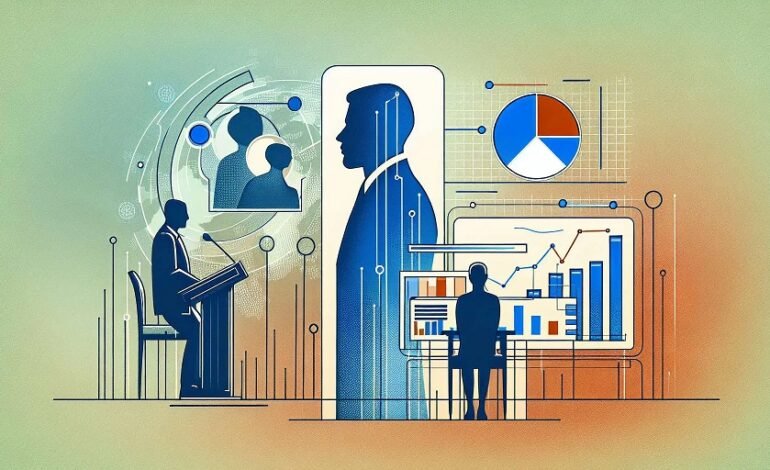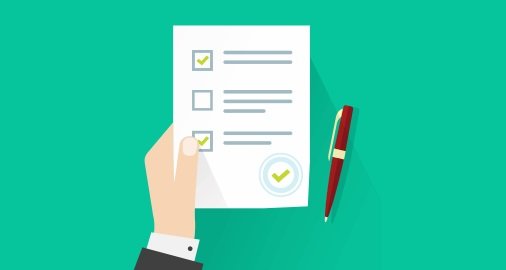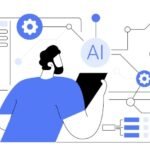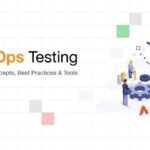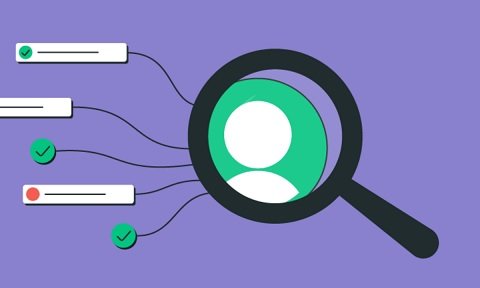
Best Pre-Employment Tools HRs Don’t Want You to Know
Ever feel like your meticulously crafted job application vanished into a digital black hole? You spend hours tailoring your resume, and writing a compelling cover letter, only to receive an automated rejection email weeks later – or worse, hear nothing at all. It’s a frustrating reality for many job seekers. But what if you knew more about the gatekeepers standing between you and your dream job? We’re talking about pre-employment tools – the sophisticated software and assessments HR departments use to sift through the deluge of applications. Understanding these tools isn’t about “gaming the system,” but about navigating it effectively. Companies implement these tools for efficiency and risk management, much like complex sectors refine their operations; for instance, the structured approach seen in bpm for insurance demonstrates
how vital streamlined processes are for handling volume and complexity.
The truth is, that HR professionals rely heavily on these tools to manage the sheer volume of candidates and attempt to standardize the initial screening process. They’re looking for ways to quickly identify potentially good fits while filtering out those who don’t meet the basic criteria. This drive for efficiency often involves using business process modeling tools to map out every step of the hiring funnel, from application receipt to final offer. While HR aims for objectivity and efficiency, this reliance on technology creates specific hurdles and opportunities for savvy job seekers. Knowing what these tools are and how they function can significantly increase your chances of making it past the initial screening stages.
So, what are these “secret” tools? They aren’t necessarily hidden, but their inner workings and implications often aren’t transparent to candidates. By pulling back the curtain, you can better prepare your application materials and approach assessments with more confidence. Let’s demystify some of the most common pre-employment tools HR departments use – the ones they might prefer you didn’t understand quite so well.
1. Applicant Tracking Systems (ATS)
What it is: This is ground zero for most online applications. ATS software scans resume and application data for keywords, skills, experience levels, and educational background relevant to the job description. It ranks candidates based on their match percentage.
Why HR uses it: Efficiency. It drastically reduces the time needed to review hundreds or thousands of applications, allowing recruiters to focus on a smaller pool of seemingly qualified candidates.
What you need to know:
- Keyword Optimization is Crucial: Mirror the language used in the job description. If they ask for “project management,” use that exact phrase, not just “led projects.”
- Formatting Matters: Stick to standard resume formats (like chronological). Fancy graphics, columns, and headers/footers can confuse the ATS parser. Use common fonts.
- File Type: Unless specified otherwise, submit your resume as a .docx or .pdf file, as these are most easily parsed.
2. Personality and Behavioral Assessments
What it is: These tests (e.g., Myers-Briggs Type Indicator – MBTI, DiSC, Hogan Assessments) aim to gauge your personality traits, work style, motivations, and cultural fit.
Why HR uses it: To predict job performance and team compatibility. They look for traits associated with success in specific roles or within the company culture (e.g., conscientiousness for detail-oriented roles, extroversion for sales).
What you need to know:
- Be Honest, But Self-Aware: Don’t try to guess the “right” answers, as inconsistencies are often flagged. However, consider the nature of the role. If applying for a highly collaborative position, reflect on your genuine collaborative strengths.
- Consistency is Key: Many tests ask similar questions in different ways to check for consistency. Answer truthfully throughout.
- There’s No Universal “Good” Profile: Different roles require different personalities. What’s ideal for an accountant differs from an R&D innovator.
3. Cognitive Ability Tests
What it is: These measure your aptitude in areas like logical reasoning, problem-solving, numerical ability, and verbal comprehension.
Why HR uses it: To assess your capacity to learn, adapt, and handle the mental demands of the job. Cognitive ability is often considered a strong predictor of job performance across various roles.
What you need to know:
- Practice Helps: Familiarize yourself with the types of questions (e.g., pattern recognition, logic puzzles, math problems). Many practice tests are available online.
- Time Management: These tests are usually timed. Don’t get stuck on one difficult question; move on and come back if time permits.
- Read Instructions Carefully: Understand exactly what is being asked before you start answering.
4. Skills-Based Assessments & Simulations
What it is: These directly test your proficiency in specific job-related skills. Examples include coding challenges for developers, writing tests for content creators, case studies for consultants, or data analysis tasks for analysts.
Why HR uses it: To verify practical skills claimed on your resume and assess your ability to perform core job functions.
What you need to know:
- Brush Up Your Skills: If you know a particular skill is critical for the role, review and practice it beforehand.
- Understand the Format: Ask clarifying questions if possible about the test format, time limits, and evaluation criteria.
- Show Your Work (If Applicable): For problem-solving tasks, demonstrating your thought process can be as important as the final answer.
5. Video Interviewing Software (Sometimes AI-Powered)
What it is: Platforms used for one-way or live video interviews. Some advanced systems use AI to analyze facial expressions, tone of voice, and keyword usage, alongside the content of your answers.
Why HR uses it: Convenience for initial screening across geographies, standardization of questions, and potentially faster analysis (with AI).
What you need to know:
- Professional Setup: Ensure good lighting, a neutral background, and minimal distractions. Test your audio and video beforehand.
- Look at the Camera: Maintain eye contact with the camera lens, not just your own image on the screen.
- Practice Articulation: Speak clearly and concisely. For AI analysis, using relevant keywords naturally within your answers might be beneficial. Treat it like a real interview.
Knowledge is Your Advantage
Understanding these pre-employment tools isn’t about finding loopholes. It’s about recognizing that the hiring process is often a structured, technology-assisted workflow. By knowing how ATS systems parse resumes, what personality assessments are looking for, and how to approach skills tests, you can present your qualifications more effectively and navigate the process with greater confidence.
HR departments use these tools to make their jobs manageable and to make hiring decisions they believe are data-driven and objective. While no system is perfect, knowing the rules of the game allows you to play it better. So, tailor that resume, practice those logic puzzles, be mindfully honest in assessments, and showcase your skills clearly. The “secret” isn’t hidden technology; it’s the informed approach you bring to your job search.

